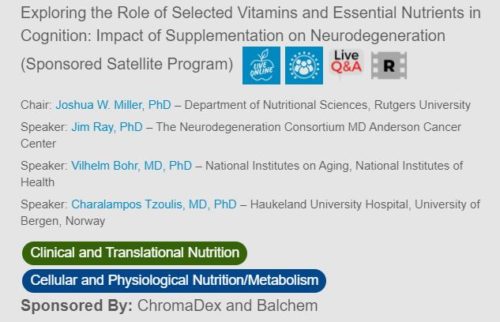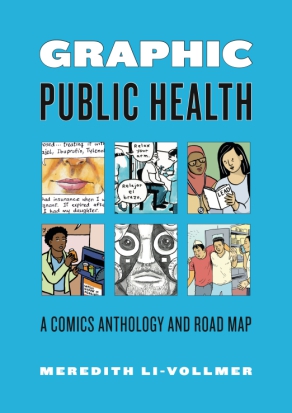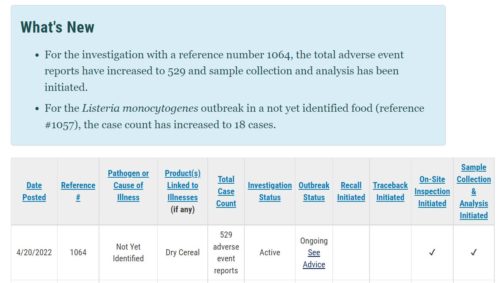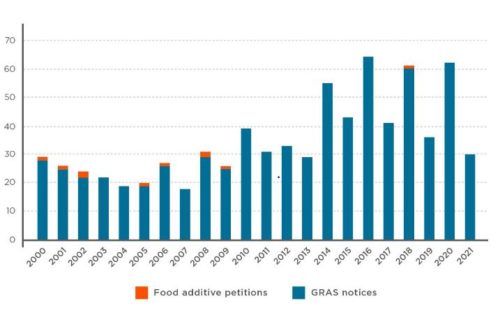Annals of research: Vitamin C and colds
I found this discussion on David Allison’s remarkably useful weekly collection of articles about obesity and energetics. His listings include articles in categories, one of them “Scientific Rigor & Scholarly Dialogue.”
I was particularly interested in this example:
- Article: Efficacy of Vitamin C for the Prevention and Treatment of Upper Respiratory Tract Infection. A Meta-Analysis in Children.
- Letter: Meta-Analysis on Vitamin C and the Common Cold in Children May Be Misleading.
- Reply: Authors’ Response to Letter to the Editor: “Meta-Analysis on Vitamin C and the Common Cold in Children May Be Misleading”.
- Retraction: Efficacy of Vitamin C for the Prevention and Treatment of Upper Respiratory Tract Infection. A Meta-Analysis in Children.
- Summary: Vitamin C and the Common Cold in Children: Severe Flaws in the Meta-Analyses by Vorilhon et al. (2019).
This took me back to one of my all-time-favorite research studies: Ascorbic Acid for the Common Cold: A Prophylactic and Therapeutic Trial. JAMA;1975;231:1038-1942.
Linus Pauling wrote Vitamin C and the Common Cold in 1970. NIH investigators wondered if there was anything to it. They got 300 volunteers to take vitamin C or a placebo and measured the number of colds and their duration in both groups.
When they first looked at the data, it looked like the volunteers who were taking vitamin C had fewer and shorter colds. Exciting!
But these were highly rigorous investigators.
They examined the data closely and noticed that an unusually large number of participants had dropped out of the trial, especially those in the placebo group (44%). They guessed that participants thought they knew what they were taking and dropped out if they “knew” they were taking the placebo.
They reanalyzed the data to account for participants thought they were taking.
The final result: volunteers who thought they were taking vitamin C reported fewer and shorter colds, regardless of whether they were taking vitamin C or the placebo.
Those who thought they were taking the placebo had more and longer colds, regardless of whether they were taking the placebo or vitamin C.
Comment: This study provides compelling evidence for the placebo effects of vitamin C. Placebo effects are powerful. I’m all for them. The authors of the recently retracted study should have read this one first.








